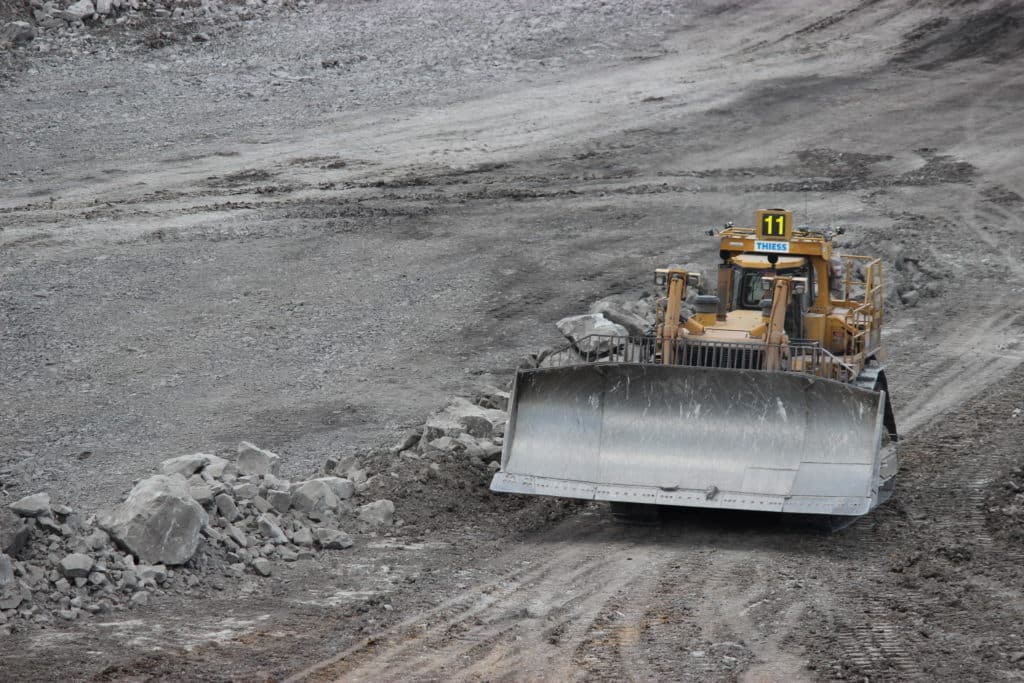
The mining sector is the beating heart of Australia’s economy. Its health is heavily dependent on the mining sectors capabilities of adapting to the impending technological transformations that will likely revolutionise how the current world works. It has been predicted by technological companies, academics and journalists worldwide, that we are on the brink of the era of Artificial Intelligence (AI). With AI investment, research and development exponentially increasing annually, we are observing a boost in complex products flood our markets. Even though this technology is still in its early stages, it has been predicted that it is the way forward for technology, with the smart houses, planes and cars likely to be the forefront of changes in the not so far future. However, this technology will have no intention of slowing down after this. It is likely that it will revolutionise the working-class industry as mundane. Repetitive action jobs will be replaced by AI-controlled machinery.
Any jobs involving placing human life at risk will also be replaced with AI-controlled technology to reduce risk. However, there is still hope for humanity, as it has been estimated that over 50% of the jobs that will be available in the future have not yet been created. For the mining industry, it likely means that a large majority of underground work will be completed by AI machinery, with human engineers and technicians maintaining the hard and software of this technology. This technology is already spreading to a range of disciplines from medicine to exploration. It has the potential to remove human error entirely from processes, and decision making.
From a mining perspective, by utilising AI machines, the potential to go deeper into the earth, and reach unexplored areas of earth becomes a reality, especially when the depth of the mine is at dangerous levels to humans. Dust, however, will continue to linger as a potential hazard for even the AI machines in underground and open-cut mines. The AI technology will likely function off an electrical power system, and be fitted with digging, blasting and excavating capabilities. The risk to humans may be reduced, however, there is an economic risk that replaces this risk. The mining processes are destructive in nature and will continue to unavoidably generate large quantities of dust. This dust can settle and act as an excellent insulation layer over the machine, causing them to overheat for example. This can prove to be a very costly fix, especially when the dust is continually affecting technological processes.
A property of dust that may threaten the AI technology is its capability to conduct electricity, increasing the risk of short circuits, and electrical surges. The dust particles are able to accumulate in small creases (and cracks, such as those found in relays, switches and connectors) over time, especially when exposed for long periods of time to drilling and blasting processes. Lubrication is a vital part of any machinery that utilises repetitive motion to complete processes. The various lubricants utilised within these complex machinery can quickly malfunction if exposed to dust. The small dust particle can mix with the lubricant causing clumps to form, and hence removing lubrication, triggering increased friction. This, in turn, may cause sparks, fires and critical damage to the machines hardware system. This may heavily reduce the lifespan of any machines that are utilised within underground mines in heavy dust conditions. All these factors can affect function, and possibly trigger hardware problems, and as a result a solid dent to the pockets of those investing into the mining sector.
The solution to these problems is the same as to those that were utilised previously. There is a possibility of mining machines being installed with sprinklers and fitted with the GRT dust suppression product, which will stabilise the dust particles, and cause them to rest on the surface, captured by the polymer substance.
For example, some technologies that may be utilised to reduce dust damage on AI-controlled machinery are, GRT Wet Loc, which is a non-drying and non-setting, synthetic fluid that is designed to absorb into the soil particles and prevent them from airborne. Or GRT: ACTIVATE which can be utilised for crusher and conveyors to reduce dust suspension.
With many of these products acting as a long-term solution by producing a physical polymer layer to capture the dust particles. As we can see the GRT products are not only applicable in today’s day and age but are also capable of adapting with the changing times and technology.